Groundbreaking Fossil Find Reveals New Prehistoric Crocodile-Like Predator Named ‘Benggwigwishingasuchus’
In a stunning discovery, researchers have unearthed fossils of a new prehistoric predator named Benggwigwishingasuchus eremicarminis. (Yes, you read that correctly.)
Found in Favret Canyon, Nevada, these creatures roamed the coasts during the Middle Triassic period, approximately 247.2 to 237 million years ago. The find sheds new light on the diversity of ancient coastal ecosystems.
Surprising Location for a Fossil Find
Despite its arid modern climate, Nevada once lay beneath the eastern Panthalassan Ocean. This discovery in one of the driest states shows the region’s prehistoric significance.

Source: Joel Protasio/Unsplash
The fossil site, located on the west slope of Augusta Mountain, offers a glimpse into a time when Nevada’s landscape was vastly different.
Meet Benggwigwishingasuchus
Benggwigwishingasuchus eremicarminis — a name combining Shoshone and Greek words — translates to “Fisherman Croc’s Desert Song.”
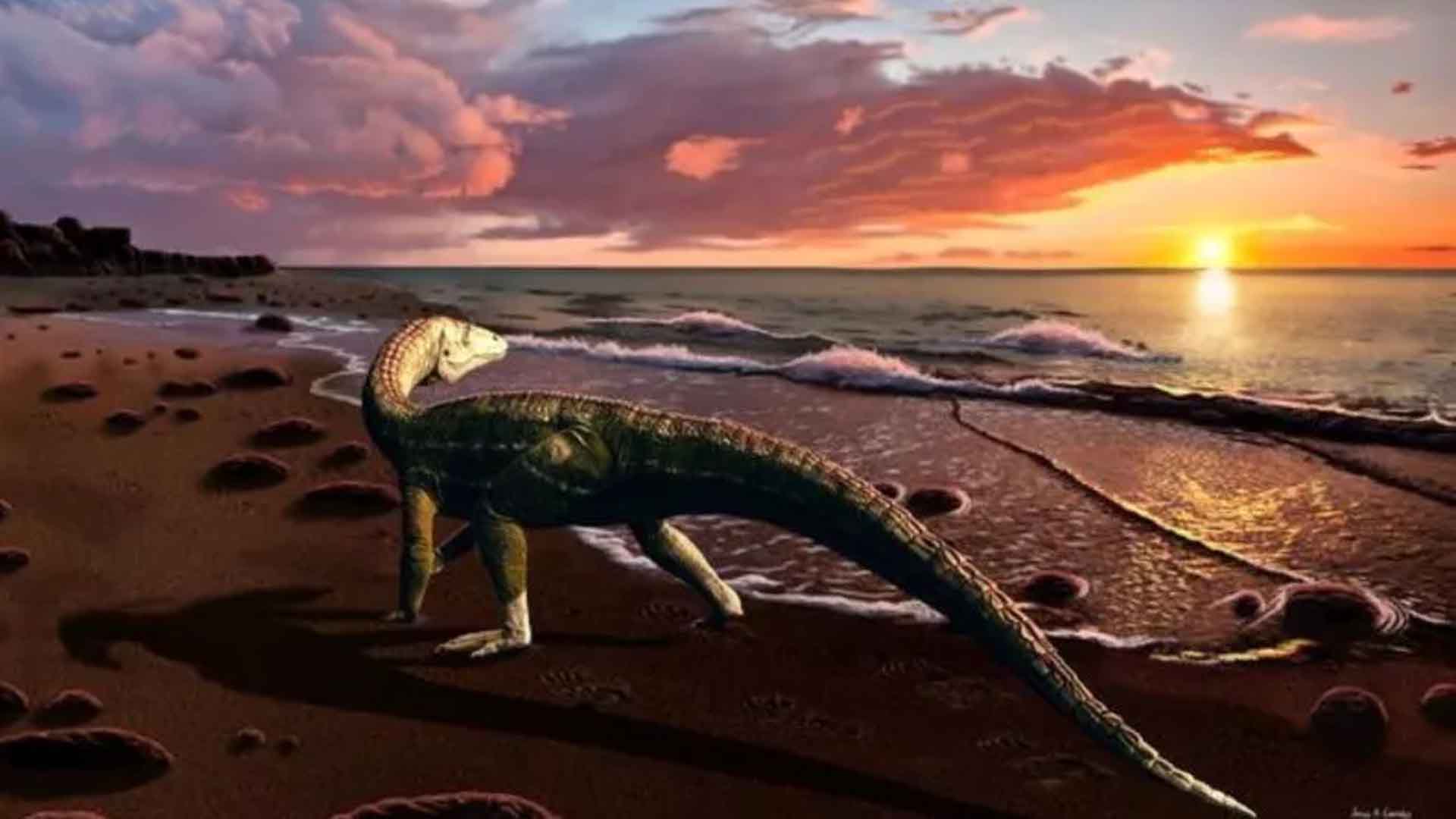
Source: JORGE GONZALEZ/NATURAL HISTORY MUSEUMS OF LOS ANGELES COUNTY
This title honors the Fallon Paiute Shoshone Tribe and NHMLAC supporters passionate about paleontology and opera.
A Global Coastal Dominance
These pseudosuchian archosaurs were widespread, ruling coastal regions worldwide during the Middle Triassic.
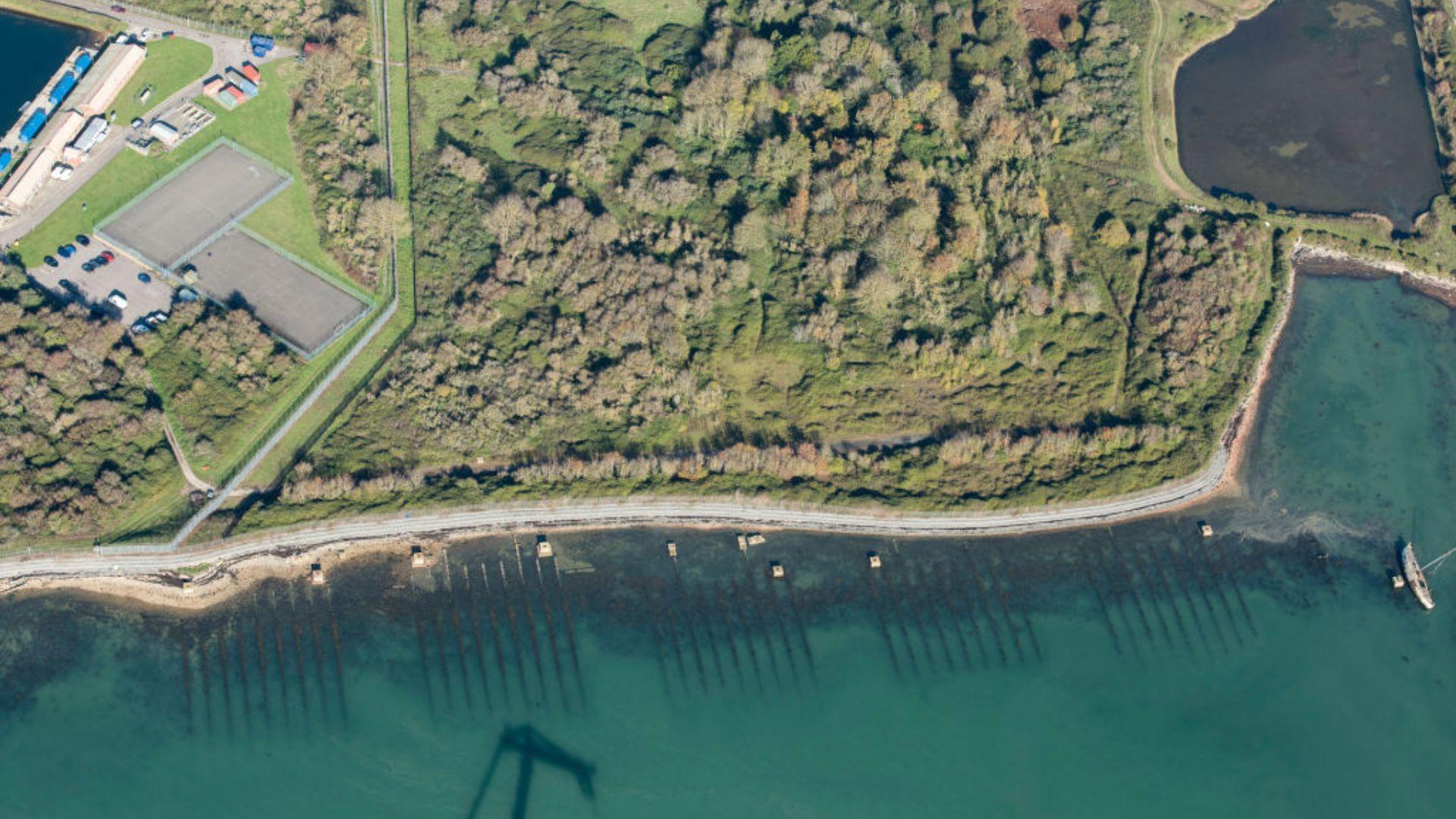
Source: Getty Images
Evidence of their existence has been found from the ancient Tethys Ocean’s shores to Nevada.
Unexpected Discovery Among Marine Fossils
Researchers initially expected to find marine reptiles in the area.
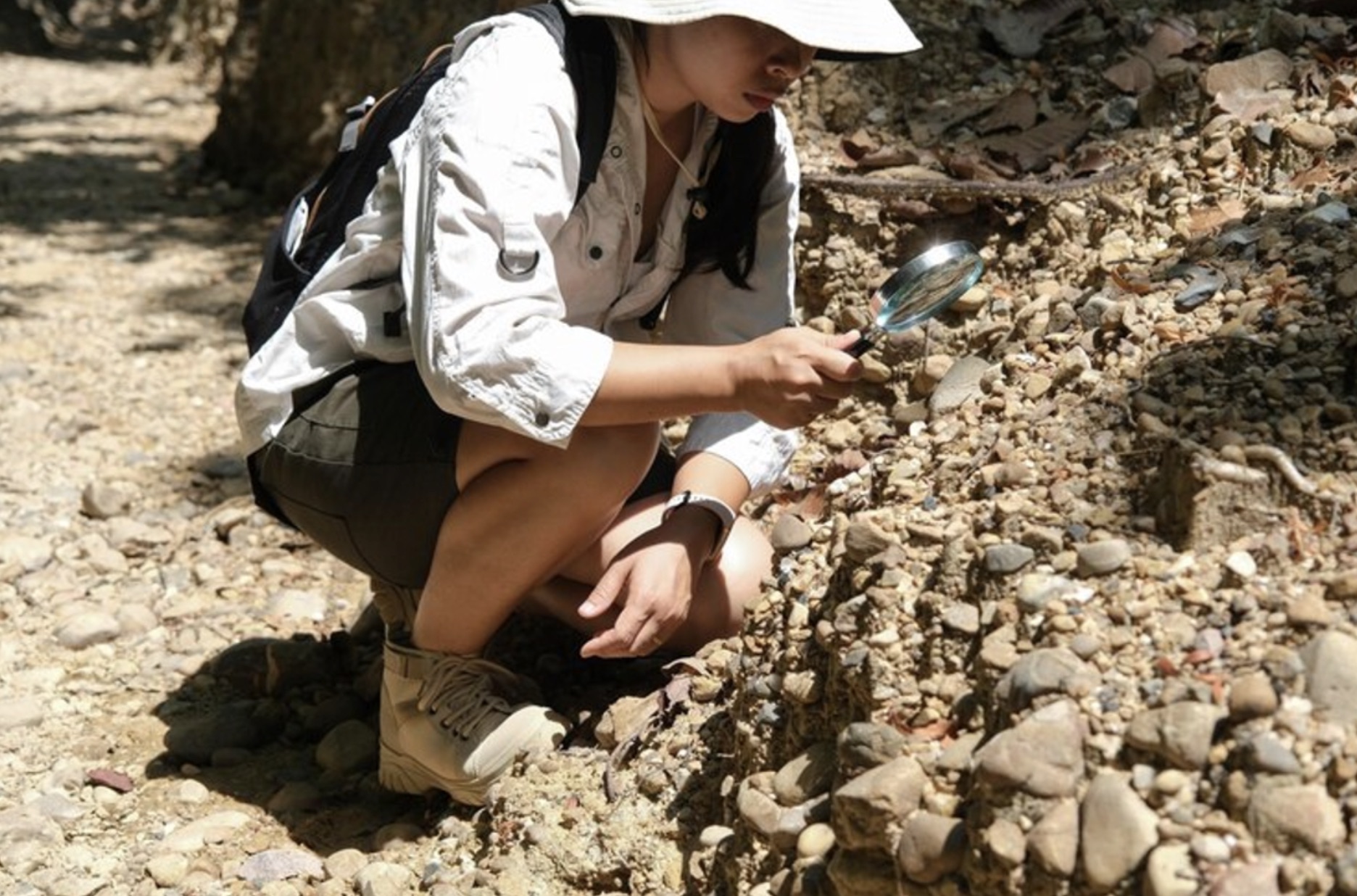
Dr. Nicole Klein from the University of Bonn expressed their surprise: “We couldn’t understand how a terrestrial animal could end up so far out in the sea among the ichthyosaurs and ammonites.”
Revolutionizing Our Understanding of Pseudosuchians
This discovery is the first indication of pseudosuchian archosaurs’ presence beside water in the Western Hemisphere.
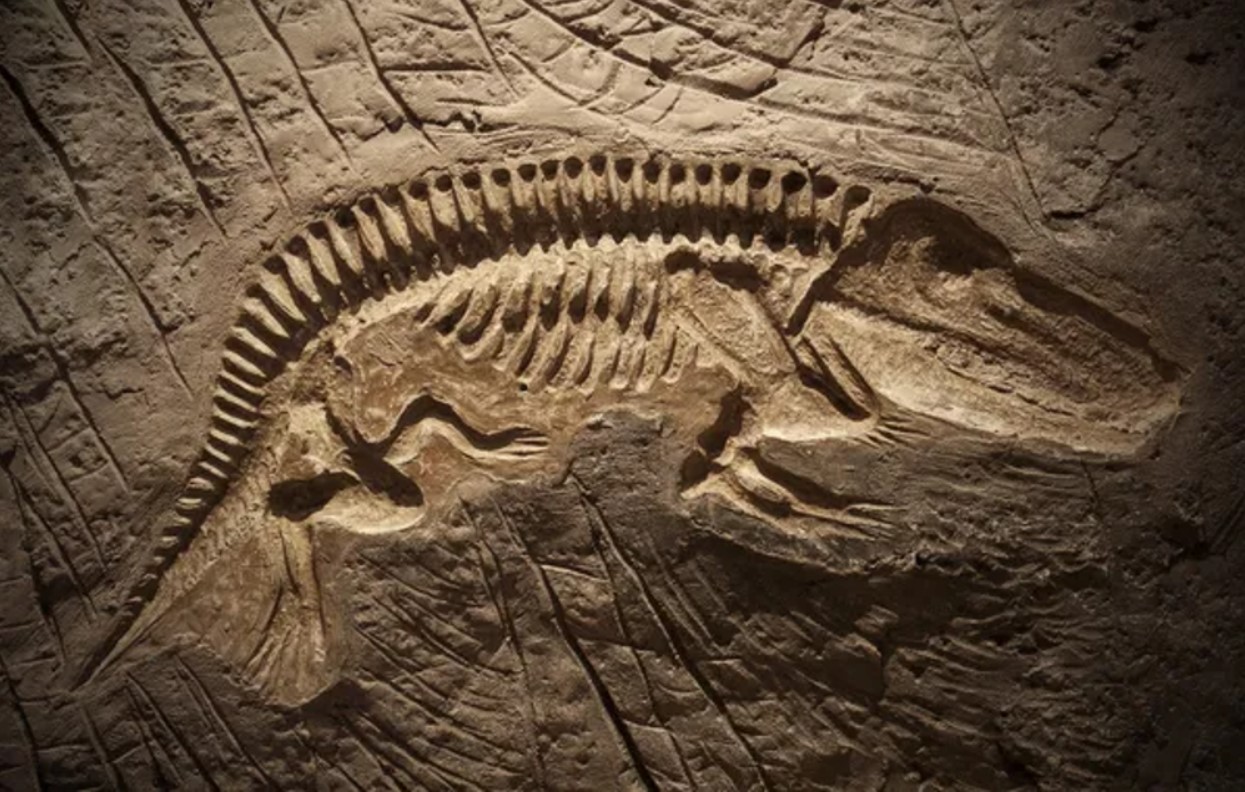
Source: Depositphotos
Previously, such evidence was only found in fossil beds from the ancient Tethys Ocean. This new data expands our understanding of their global distribution and ecological roles.
The Importance of Fossil Sites
The fossils were found in a site that once sat beneath the eastern Panthalassan Ocean, a vast body of water that surrounded the supercontinent Pangaea.

Source: Trnava Universty/Unsplash
This context provides crucial insights into the ancient marine and coastal environments these creatures inhabited, offering a broader picture of their world.
Adapting to Coastal Life
Researchers are now exploring how Benggwigwishingasuchus adapted to thrive in coastal environments.
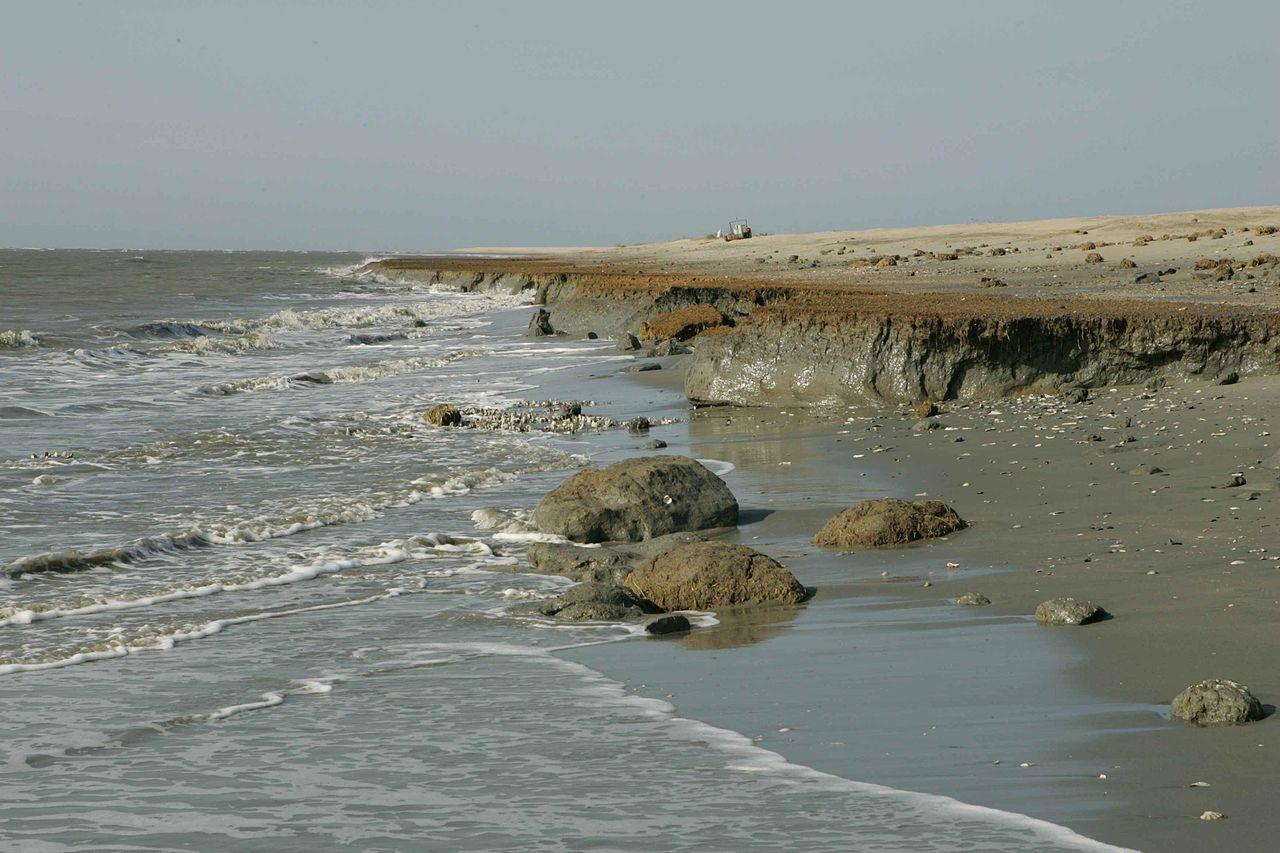
Source: Wikimedia
This includes understanding their physical adaptations and ecological interactions. These insights could reveal much about the diversity and adaptability of ancient life forms.
Expanding the Pseudosuchian Family Tree
The discovery of Benggwigwishingasuchus unveils an exciting and often overlooked diversity in shape and lifestyle among creatures of the era.
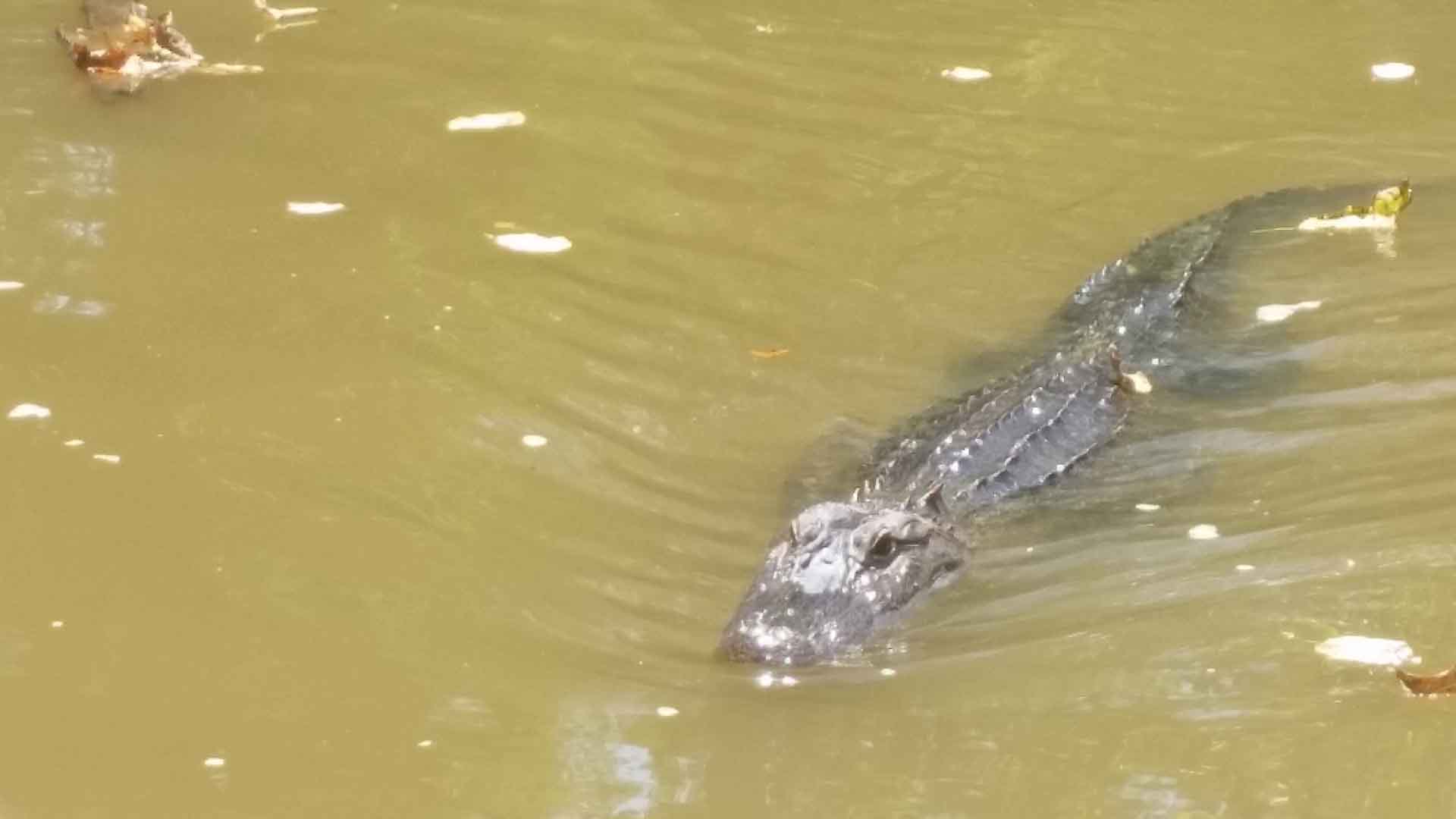
Source: Bigmacthealmanac/Wikipedia
Dr. Nate Smith from NHMLAC noted, “A growing number of recent discoveries are hinting that an underappreciated amount of diversity and experimentation was happening early in the group’s history.”
Public Fascination with the Triassic
While the public often focuses on the history of dinosaurs, it’s the pseudosuchians like Benggwigwishingasuchus that were diversifying and thriving during the early Mesozoic era.
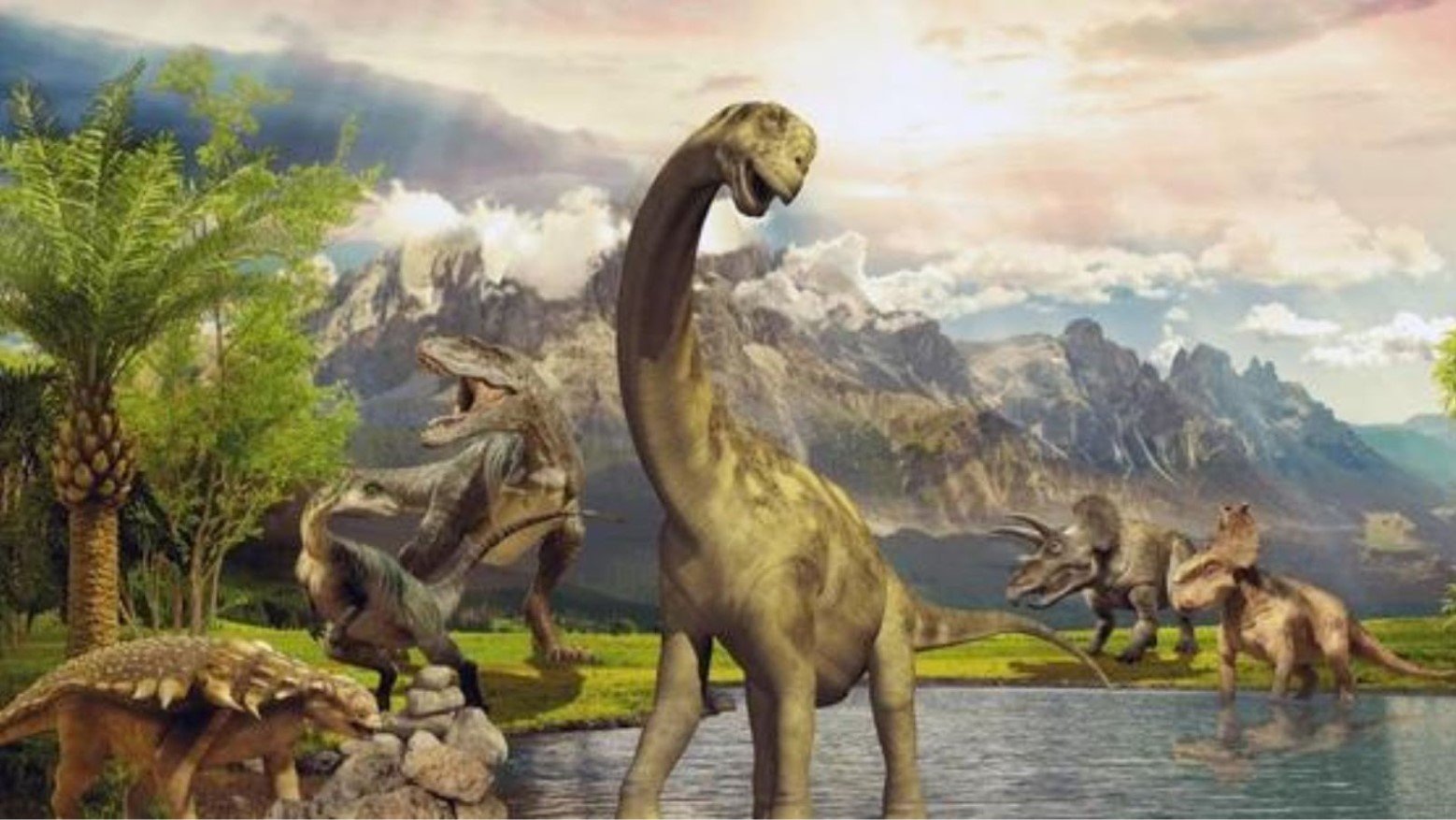
Source: Shutterstock
Their stories provide a richer, often more complex picture of prehistoric life.
Future Research Directions
This groundbreaking find opens new avenues for research.
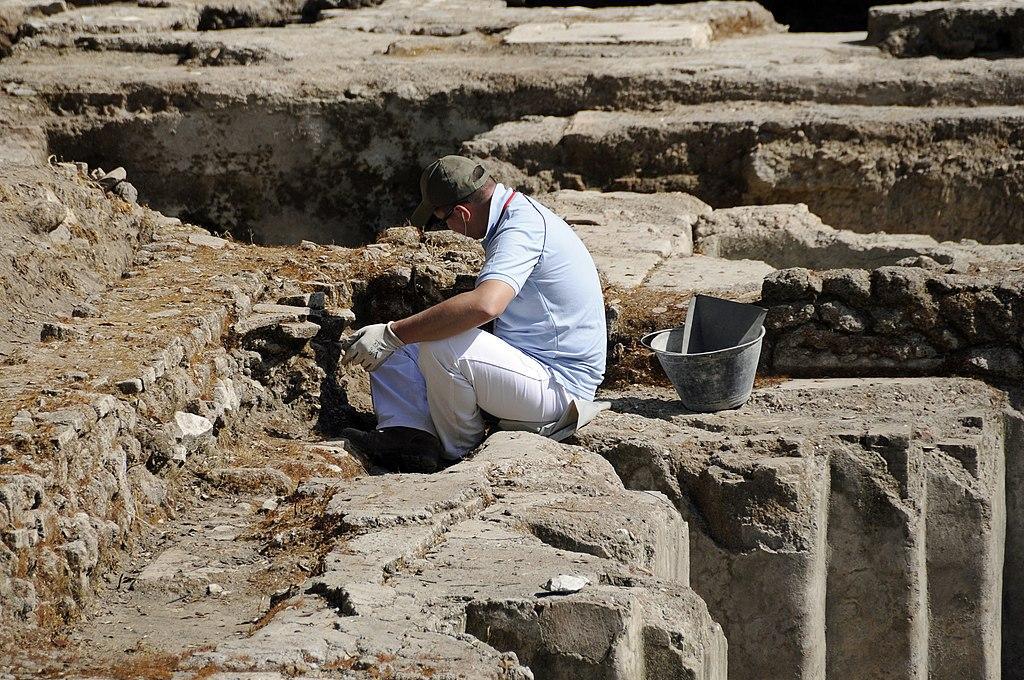
Source: Wikimedia
Scientists are eager to explore more fossil sites in Nevada and beyond, hoping to uncover additional species and further understand the ecological dynamics of the Triassic period.
A Tribute to Cultural Heritage
The naming of Benggwigwishingasuchus eremicarminis also serves as a tribute to the cultural heritage of the Fallon Paiute Shoshone Tribe and NHMLAC supporters.
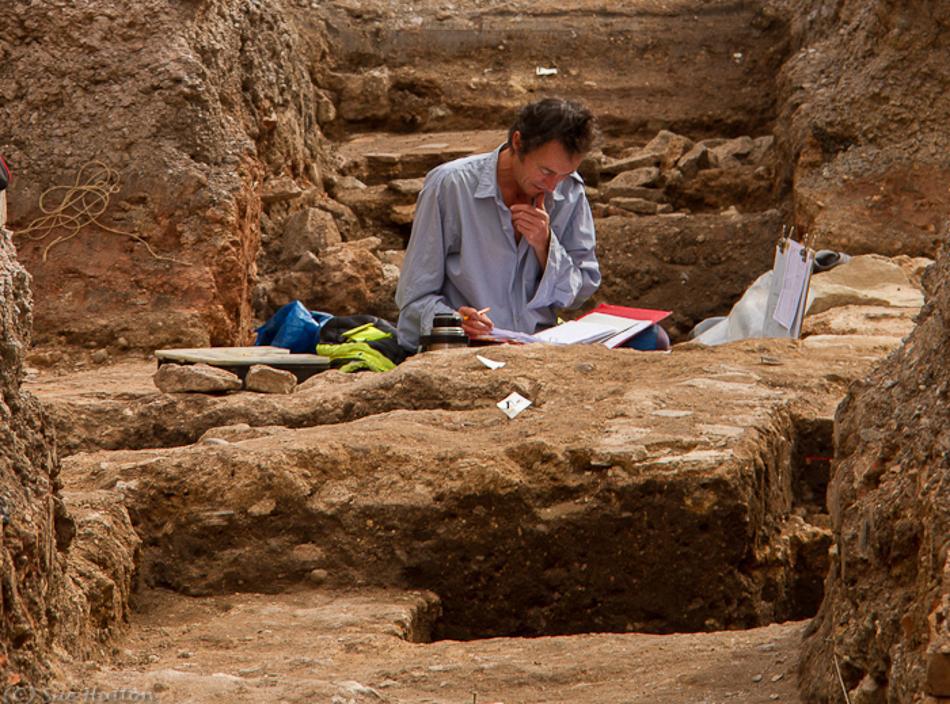
Source: Wikimedia
It’s a reminder of the importance of integrating cultural and scientific narratives in our understanding of the past.
